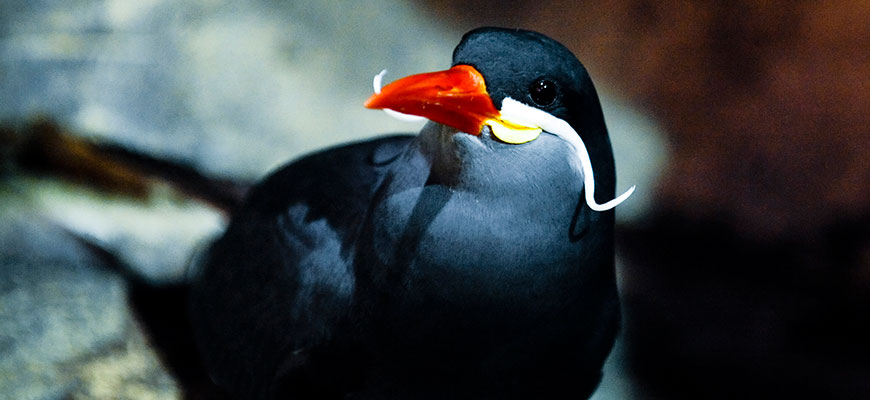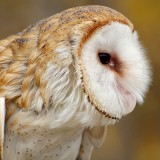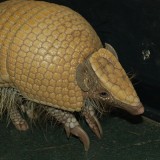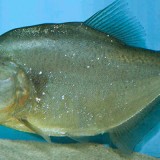CLASSIFICATION
Order: Charadriiformes
Family: Laridae
Genus: Larosterna
Species: inca
RANGE
Pacific Coasts and coastal islands of South America from the Gulf of Guayaquil, Ecuador south to Valdivia, Chile.
HABITAT
Harbors, rocky shores and sandy beaches
SIZE
16 – 17 inches long (40 – 42 cm.)
LIFE EXPECTANCY
12 – 14 years. They can live into their 20’s.
REPRODUCTION:
They have a 2 – 3 year adolescent period before they breed. Sexes are alike. They breed chiefly on the guano islands off the Peruvian coast. Their eggs (usually one) are laid in the rock crevices or in burrows in the guano built by petrels or penguins. Parents carry prey singly in their bills to their young.
DIET
Fish, Shrimp, Worms, Insects
BEHAVIOR
Often gather in the thousands. They roost on sandy beaches with flocks of Grey and Franklin’s gulls and share breeding islands with Guanay, cormorants and brown pelicans. They often accompany fishing cormorants, sea lions and cetaceans. They are quarrelsome and steal from other birds and try to snatch food from between the teeth of the sea lions. Graceful and agile, they fly on steady wing beats with the head pointed down scanning the ocean’s surface for fish. They hover before swooping low to snatch their food from the water’s surface. Occasionally, they will dive into the water and immediately fly out with their catch. Rarely do they land on the water. Molting occurs in the spring and autumn.
POINTS OF INTEREST
It is a blue-gray tern the size of a small gull with white, moustache-like facial plumes and white along the trailing edge of the wings. It has long, rounded wings, a forked tail and large, sharp-pointed bill. Its bill and webbed feet are red. Juveniles are purplish-brown with black bills and feet. The Inca tern is the only member of its family that nests underground. Gulls, owls, turkey vultures and rats prey on terns. The Inca tern’s sharp cries sound like a kitten’s cry.
STATUS
Common. Not usually displayed in zoos. A studbook is kept to monitor breeding and maintain genetic diversity in captive populations.
REFERENCES
Grizimek’s Animal Life Encyclopedia, Birds II, Vol. 8, Van Nostrand Reinhold Company, New York, 1972.
Seabirds, An Identification Guide, Peter Harrison, Houghton Mifflin Company, Boston 1983





